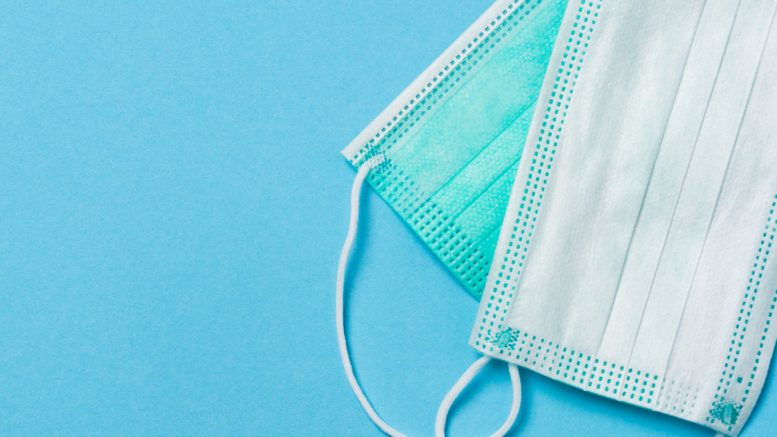In this study of face mask fit among people in China, although most people used face masks in public places, compromised protection due to suboptimal airtightness was common. The simple approach of sealing the upper edge of the face mask with an adhesive tape strip was associated with substantially improved its airtightness.
Pan, et al. (2021) sought to determine the proportion of improper face mask use, the factors associated with face mask protection efficacy, and ways to improve efficacy.
This population-based cross-sectional study was conducted in China from July to August 2020 in five kinds of public places. Participants included convenience samples of individuals wearing face masks and able to taste the check solution.
Demographic and socioeconomic characteristics, including sex, age, and education level; information on face mask model and the worn duration was recorded.
The main outcome as airtightness, assessed by detecting face-to-face mask gaps, movement of cotton fiber placed at the face mask edges, and using a qualitative fit test with a bitter solution spray. Masks were further assessed for whether sealing the upper face mask edge with an adhesive tape strip was associated with improved face mask airtightness.
Among 6003 face mask wearers enrolled, the mean (SD) age of participants was 31.1 (13.7) years, and 3047 participants (50.8%) were female. The first qualitative fit test found air leakage in 2754 participants (45.9%; 95% CI, 44.6%-47.1%), which was mostly attributable to gaps at the upper face mask edge. After sealing the upper face mask edge with an adhesive tape strip, 69.7% (95% CI, 68.0%-71.5%) of masks that had exhibited leakage became airtight in the second qualitative fit test, and the rate of airtightness reached 96.2% (95% CI, 95.4%-96.8%) in a third qualitative fit test after new surgical face masks with tape on the upper edge were provided to those who had not converted initially. The tape was well tolerated; overall, 6 participants (1.2%) reported a rash and 24 participants (5.8%) reported significant discomfort.
In this study of face mask fit among participants in China, although most people used face masks in public places, compromised protection due to suboptimal airtightness was common. The simple approach of sealing the upper edge of the face mask with an adhesive tape strip was associated with substantially improved its airtightness.
Reference: Pan X, et al. Assessment of Use and Fit of Face Masks Among Individuals in Public During the COVID-19 Pandemic in China. JAMA Netw Open. 2021;4(3):e212574. doi:10.1001/jamanetworkopen.2021.2574

Be the first to comment on "Assessment of Use, Fit of Face Masks Among People in Public in China During the Pandemic"